Introduction
What’s it like to visit Cheung Ek Killing Fields? Cheung Ek was one of the most significant extermination camps and mass grave sites known as the Killing Fields. It was primarily used to kill and bury victims from the S-21 Prison.
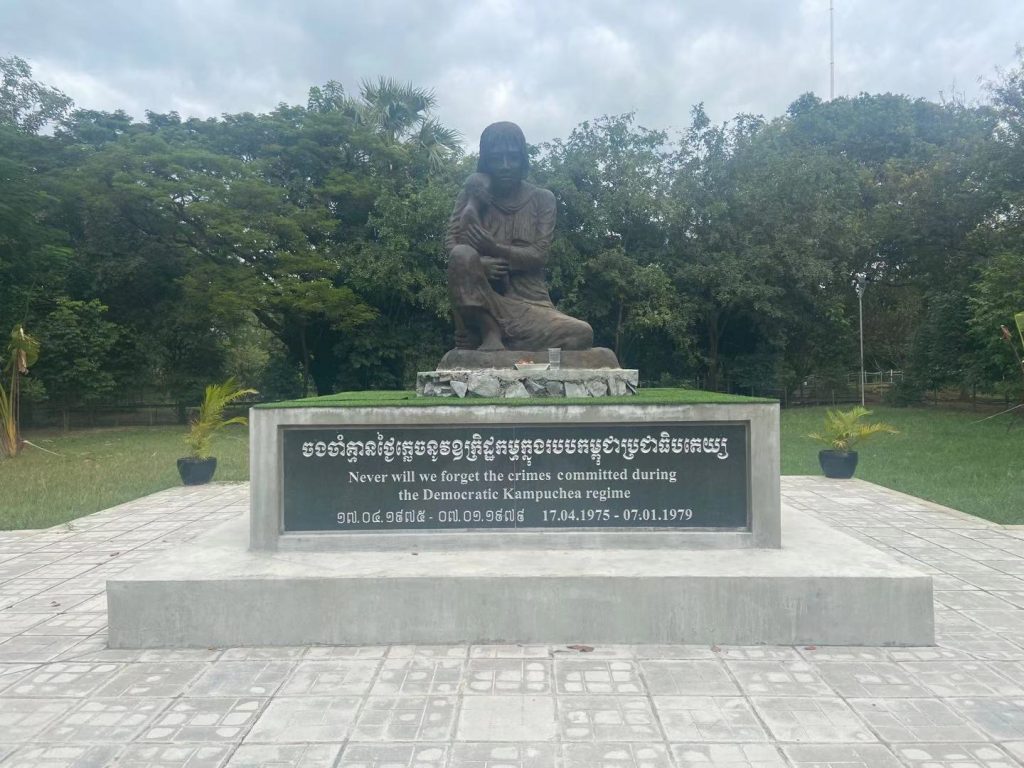
The site is also alternately spelled as Chokung Ek and Cheung Ek
To learn about visiting S-21, click here.
Background to the Choeung Ek Killing Fields
Cheung Ek was formerly an orchard in the countryside outside of Phnom Penh. It lies roughly 17 km from S-21, from where most of its victims were sent from. The area was picked primarily due to its remoteness. As well as being an orchard part of it was also used as a Chinese cemetery, which there is still evidence of today.
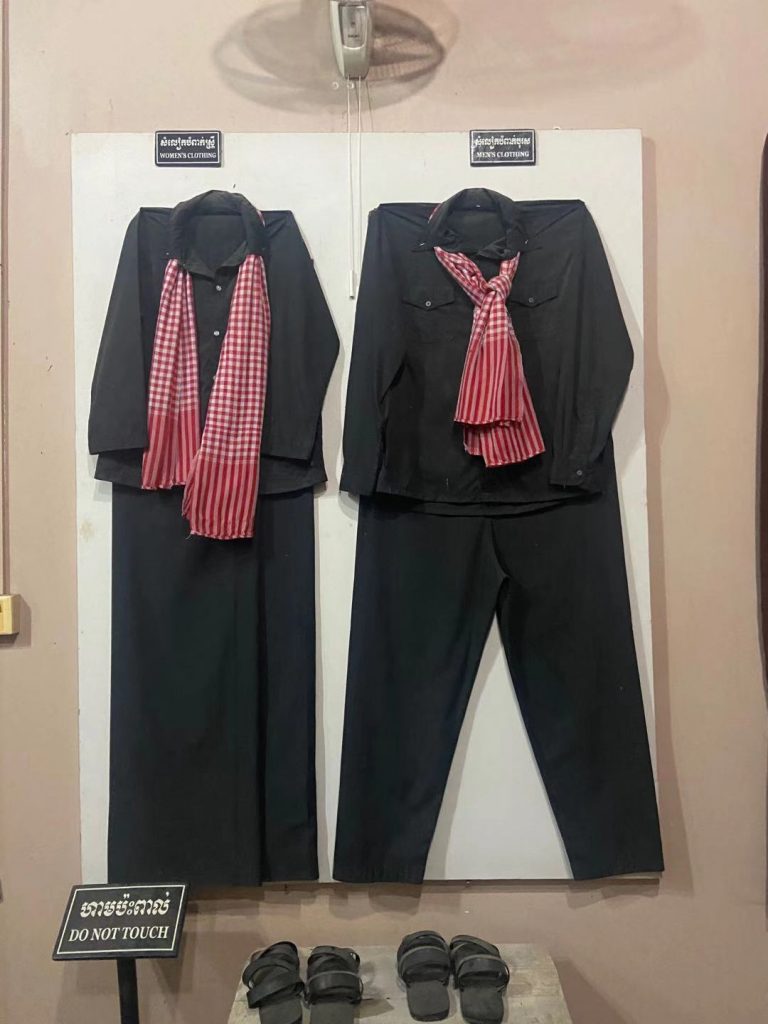
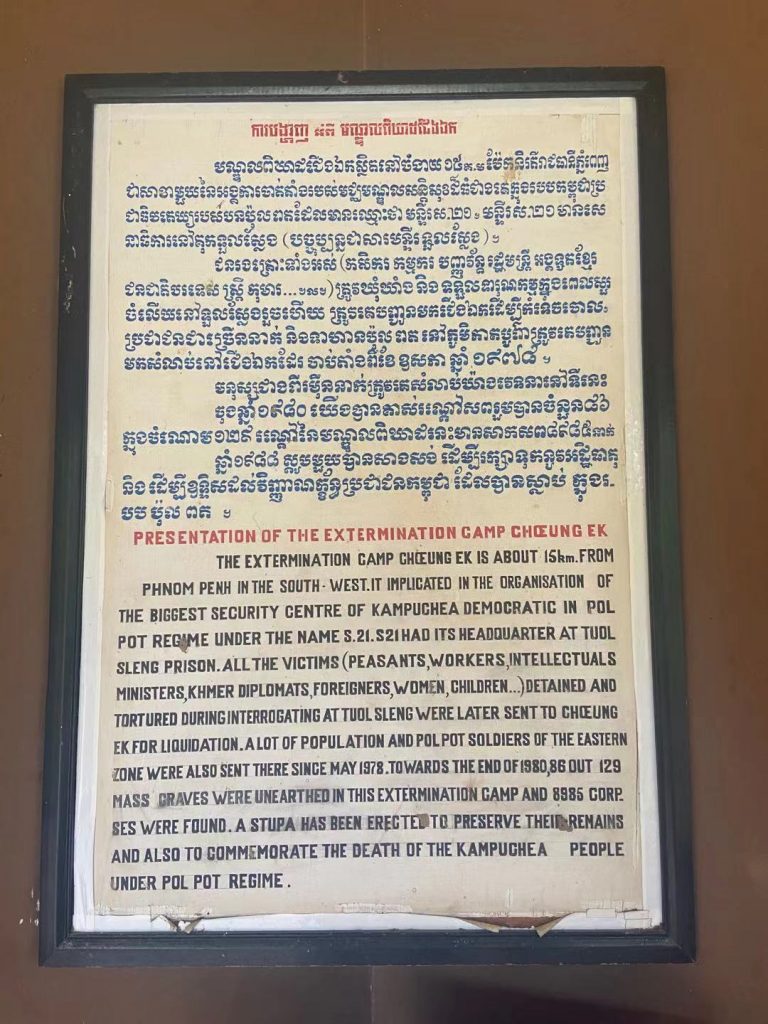
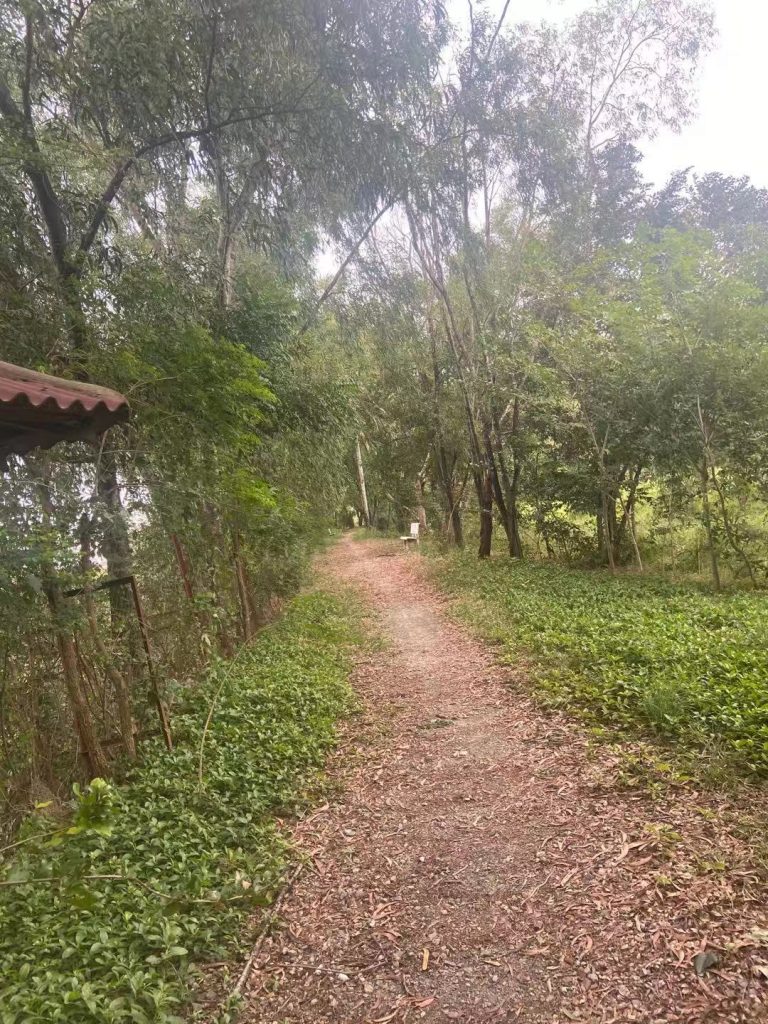
One of its primary functions was to execute and bury the men, women and children transported from S-21.
Modern documentation estimates that there were around 1.4 million bodies buried in over 20,000 “Killing Fields.” Of the 20,000, Cheung Ek is by far the biggest of them.
It is estimated that around 9000 people were executed and buried at Cheung Ek. Ironically many of these would have been Khmer Rouge cadres accused of various crimes, such as spying.
Getting to Choeung Ek Killing Fields
To get here, you need to travel 17 km out of town along often bumpy roads. Taking a Tuk-Tuk will cost around $7 return if you use a taxi app, more if you want to run the gauntlet of negotiating with a driver.
There are four leading taxi apps in Cambodia, which you can read about here. Or if you prefer to tour around with an english driver who’s familiar with the local area you can also book a private taxi cab in Cambodia.
The journey from central Phnom Penh takes around 30 minutes. Entry is $3 for foreigners and, much like most museums in Cambodia, free for Khmer people.
Seeing Cheung Ek and S-21 in a day is easy and straightforward, which is how we do things on our tour here.
Visiting Choeung Ek Killing Fields?
Much like other dark tourism sites in Cambodia linked to the Khmer Rouge it can best be described as surreal.
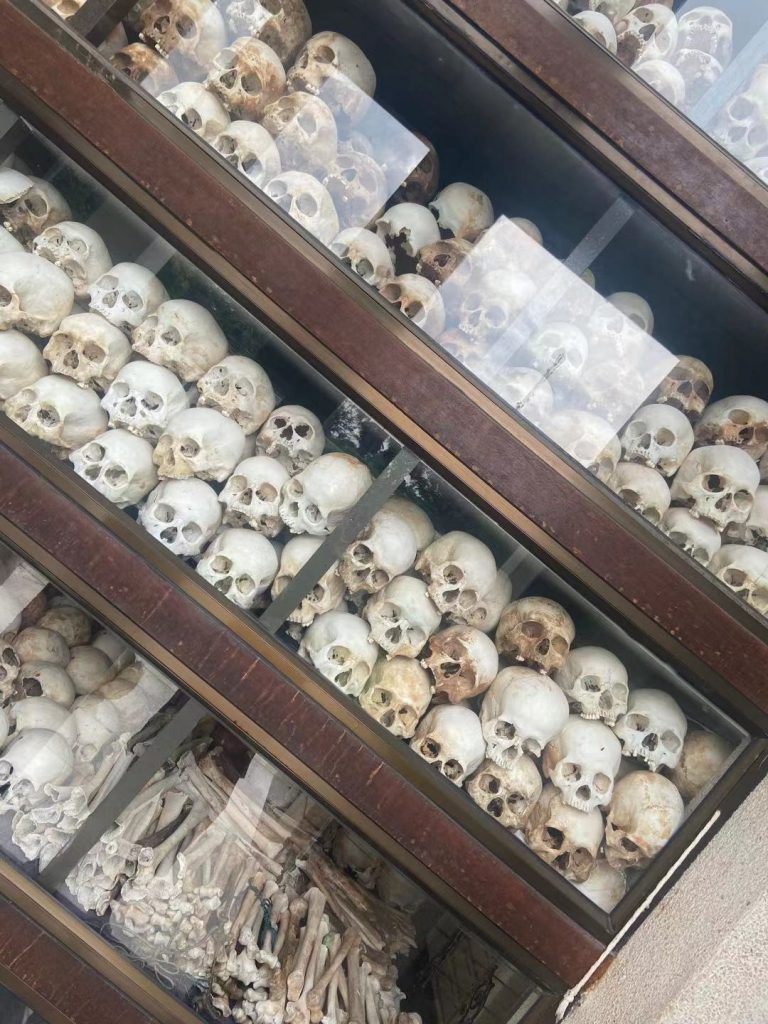
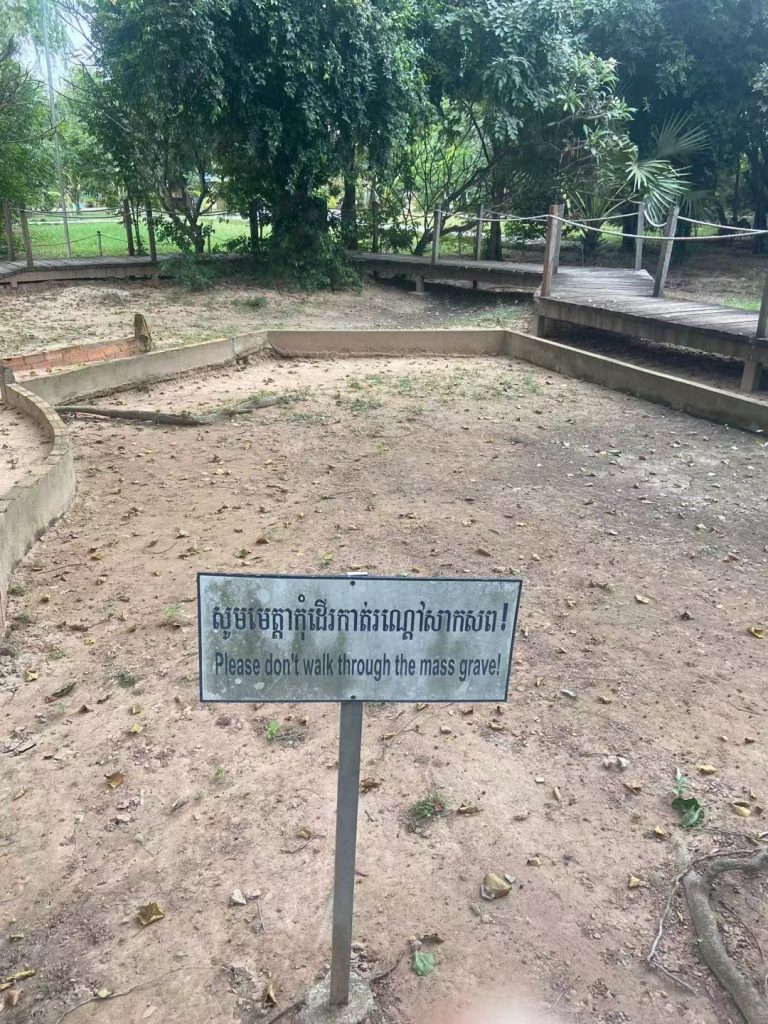
On arrival, you are basically in what seems to be a nice part of the countryside. There are people selling coconuts, a loud school next door, but also a large sign at the entrance saying Chokung Ek Genocidal Centre.
Upon entering, you are guided through 17 parts of the memorial, including a museum, various mass grave pits and other evidence of what occurred there. It is not uncommon for people to throw money into the pits as a sign of respect to the dead.
Whilst almost the entire place is harrowing, one of the worst parts is at the end, where they show the “killing tree.” This tree was used to smash children to death. It is now another memorial where people place bracelets.
At the centre is a Buddhist memorial that contains the skulls of 50,000 souls. This is the centrepiece of the museum and an exquisite monument to those who died here and beyond.
What’s it like to visit Choeung Ek Killing Fields?
Much like S-21 and other Dark Tourism spots in Cambodia, such as Anlong Veng, it is very understated.
The museum and “touristic” elements are in many secondary to the memorial aspect of the Choeung Ek. After all, the place is still a mass grave, and one which it has been agreed to leave the bodies where they are.
It is also incredibly surreal. Families are farming on the land, people with shops are nearby, a busy school, and even cock-fighting roosters being kept in the museum.
And this is far from a criticism of the place. My personal opinion is that the amount of “real life” surrounding the site makes it even more harrowing. In many respects, how little it has changed means you can almost imagine what it would be like there all those years ago. The emphasis being on almost, as the sheer horrors that occurred here are genuinely unimaginable to most people.
So, what’s it like to visit Choeung Ek Killing Fields? Incredibly moving and an essential site if you want to understand the contemporary history of Cambodia.





